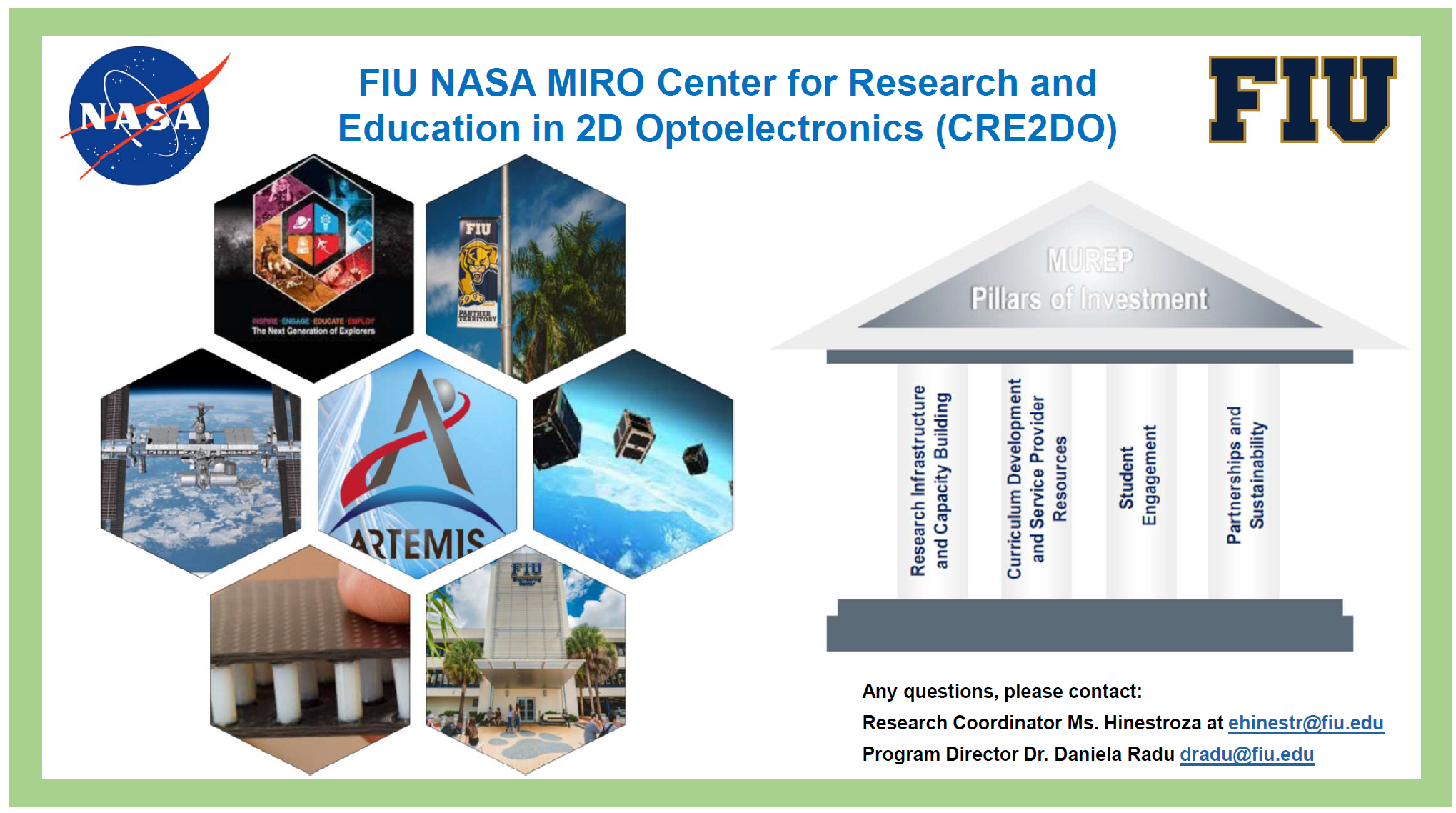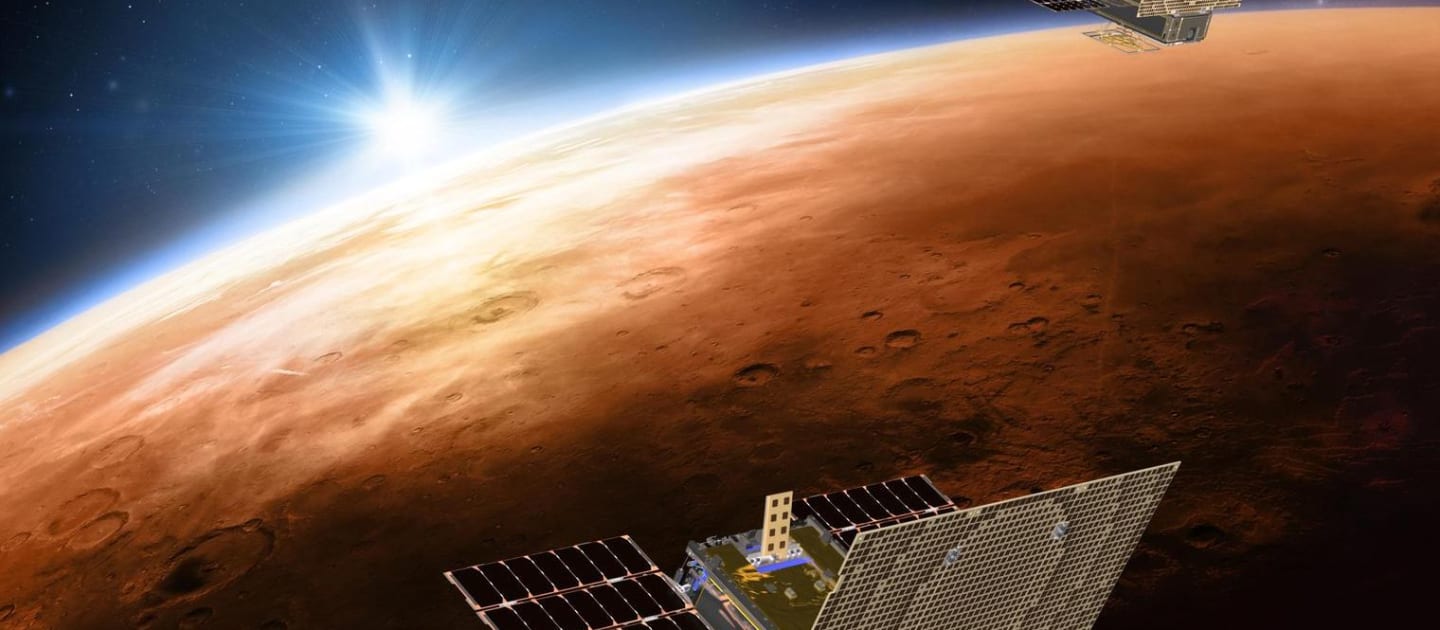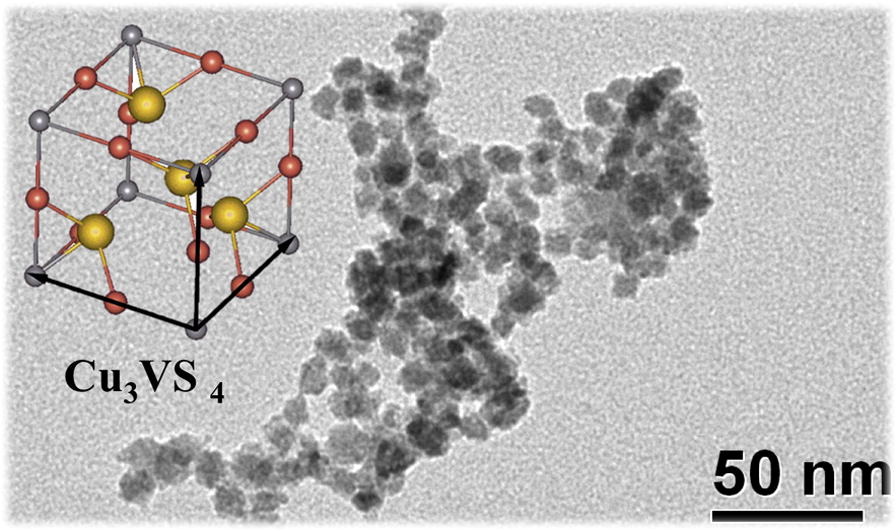

Dr. Daniela Radu’s current research interests include:
- Nanostructured materials for solution-processed solar photovoltaics: Gen 2 PV (thin film crystalline absorbers)
- Advanced functional materials for optoelectronic applications 2D nanostructures and lasing materials
- Chalcogenide nanoparticles for photothermal cancer therapy: CuxS
- Sensor design: detecting heavy metals, nitrates and phosphates in water
- Engineered nanoparticles: toxicity evaluation.
- Materials for Quantum Science and AI
- 3D printing – In-Situ Resource Utilization (NASA CRE2DO)
- Perovskite solar cells
- Low-dimensional Perovskite
- Additively Manufactured Electronics
- Plant-based Nanomaterials for Optoelectronics
- Spinning Fiber for Soft Electronics Applications
Center for Research and Education in 2D Optoelectronics (CRE2DO)

Funded through NASA’s Minority University Research and Education Project (MUREP) Institutional Research Opportunity (MIRO), CRE2DO’s primary goal is to develop cutting-edge technologies that integrate 2D materials in space-resilient infrastructure materials, communication devices, and small satellite technology. The nanomaterials enhance reliability of mechanical and electrical components in spaceship devices and wearable electronics. The superconductor materials developed by CRE2DO aim to eliminate the need for battery power, while the material composites could be used in the infrastructure for spaceship components destined for Mars, and on wearable electronics placed inside space suits to enable high-speed communication by astronauts back to the space station.
Website: https://nasa-cre2do.fiu.edu/




